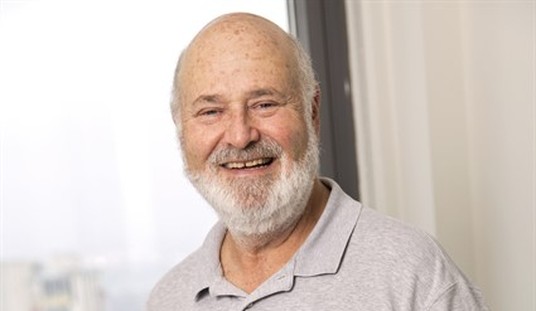When something happens to us that is outside the ken of our understanding, we strive to make sense of it, to answer the why and how.
This is one of humanity's most important attributes: the craving to know. We are well served by this craving. It has opened our conscious minds to mysteries within and without, leading us to knowledge and understanding that enriches us.
Inevitably, many questions about the natural world collide with the realities of the spiritual world. Faith serves to bridge the gap between science and the soul and allows us to have a deeper understanding of ourselves and the world around us.
The phenomenon of the near-death experience (NDE) is one such question that touches both the natural and spiritual worlds. Neither can fully explain the phenomenon. However, that craving to know is powerful, and striving to find any explanation requires us to examine the questions raised by the phenomenon using the scientific method.
At least, as far as we can 'understand'—though what we seek to comprehend may ultimately prove to be beyond our capacity.
Even if we knew finding answers wasn't possible, we'd pursue the questions anyway. Such is the craving to know that has made us who we are. Thus, science is, for the first time in human history, using all of its tools and knowledge to begin finding the answers to NDEs.
Research has uncovered reports of NDEs from as long ago as humans have been writing. The stories are remarkably consistent, says Kevin Nelson, a professor of neurology at the University of Kentucky. Patients report bright lights, out-of-body sensations, or encounters with loved ones. Many report seeing Jesus Christ or a religious figure.
It's only in this century that all the tools used by scientists to study the physical body have been employed to examine NDEs. The results of some of those studies have suggested something incredible happening at the moment of death.
Recent studies have suggested massive increases in electrical activity in the brain both immediately before and after clinical death. "Both high-frequency gamma waves (linked to perception and attention) and low-frequency beta waves (related to focus and concentration) increased and became more synchronized across multiple brain regions, potentially resulting in a near-death state of heightened consciousness," according to the science website "Big Think."
The boost in gamma waves occurred in a brain area called the temporo-parieto-occipital (TPO) junction. This is responsible for blending information from our senses, including touch, motion, and vision, into our conscious selves. It’s impossible to know if the increased brain activity was related to any visions they may have had, because, sadly, the two patients died. But Borjigin suggests activation of this area suggests people may likely pick up sounds and understand language. “They might hear and perceive the conversation around them and form a visual image in their brain even when their eyes are closed.”
In one of the largest studies of near-death experiences, an international team of doctors has linked the surge in brain activity to what they called a hidden consciousness immediately following death. In the study, people who were brought back to life through CPR after cardiac arrest could recall memories and conversations while they were seemingly unconscious.
This is one of the more amazing anecdotal phenomenon from people who experience NDE: Their ability to recall conversations of doctors and nurses or loved ones who were by their side when they "died." Numerous examples of doctors and others confirming the accuracy of the conversations make the hair on the back of my neck stand on end.
In one of the most extensive studies of near-death experiences, an international team of doctors examined this phenomenon of increased brain activity at the moment of death and conducted several novel experiments to determine what it might mean. Out of 567 patients who were in cardiac arrest and received CPR, only 53 people survived.
Initially, they showed no signs of brain activity and were considered dead. But during the CPR, the team noticed bursts of activity. These spikes included gamma waves and others: delta, theta, alpha, and beta waves—all electrical activity that signals consciousness.
Twenty-eight of those 53 patients were cognitively capable of having an interview. Eleven people recalled being lucid during CPR, being aware of what was happening or showing perceptions of consciousness like an out-of-body experience. No one could recall the visual image but when asked to randomly name three fruit, one person correctly named all the fruits in the audio recording—though the authors note this could have been a random lucky guess.
“The research not only benefits our understanding of consciousness, but also in understanding the importance of the heart, lung, and brain in our everyday physiology,” says Jimo Borjigin, an associate professor of neurology at the University of Michigan Medical School.
This is a new field of study, and we've only just begun to scratch the surface of the phenomenon. I suspect that the more we learn about the brain, including the metaphysics of consciousness, the more the answers will reveal themselves.










